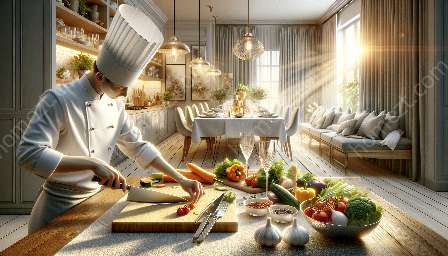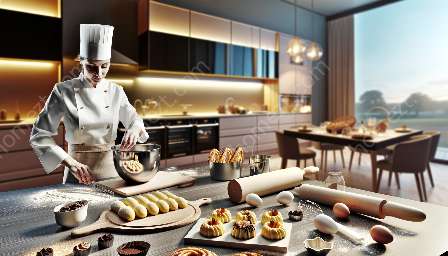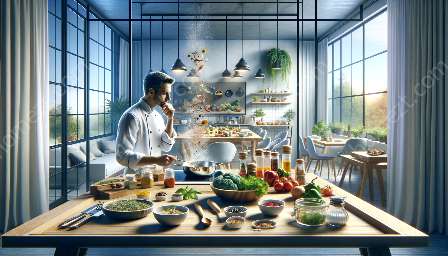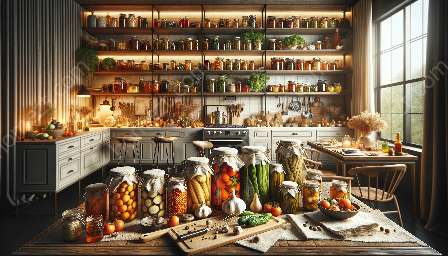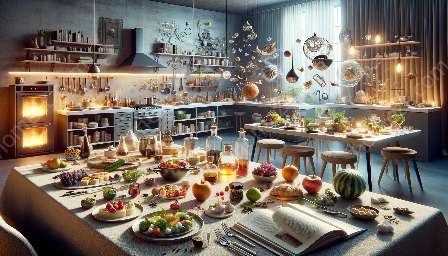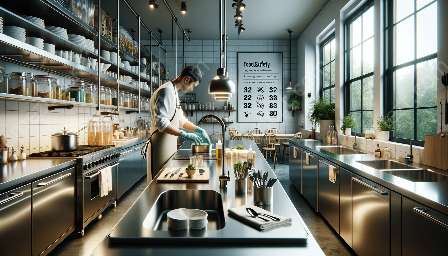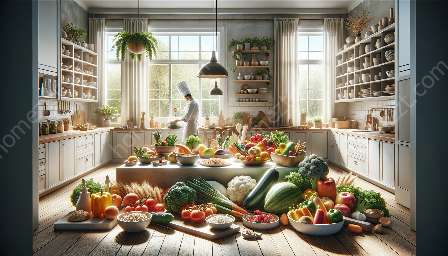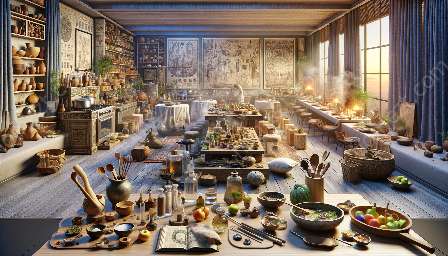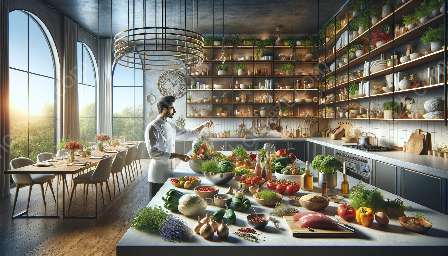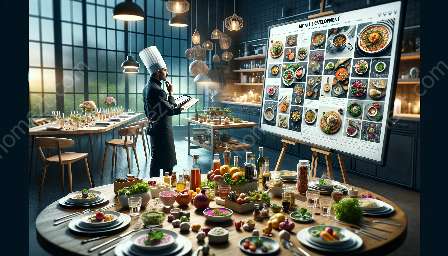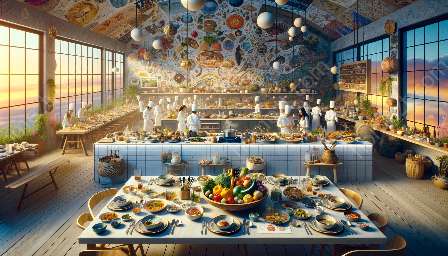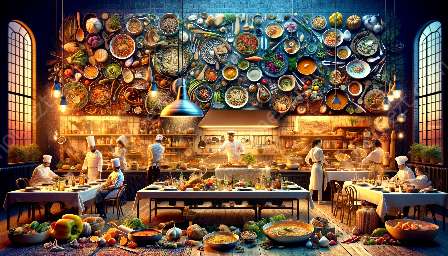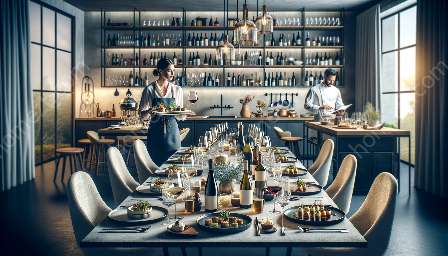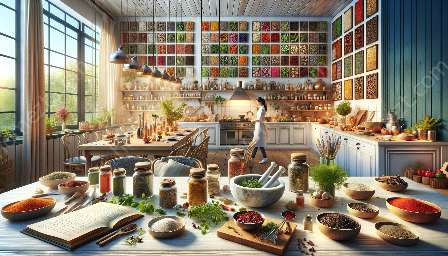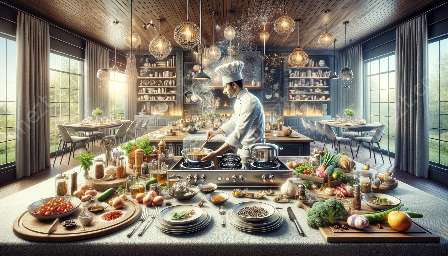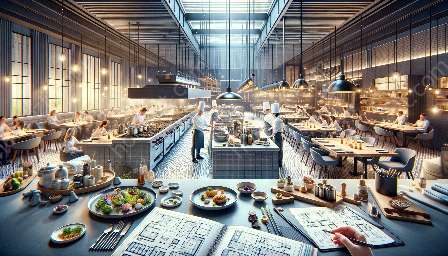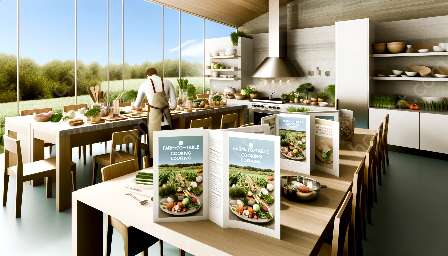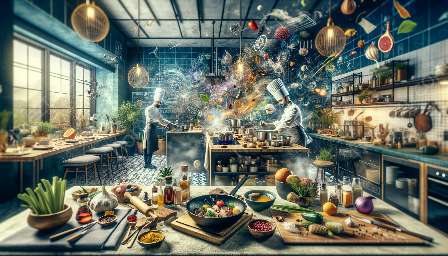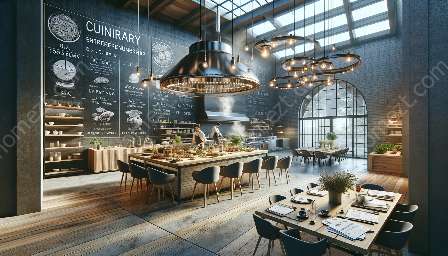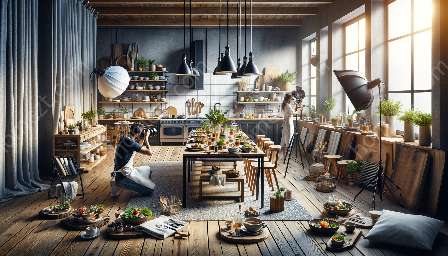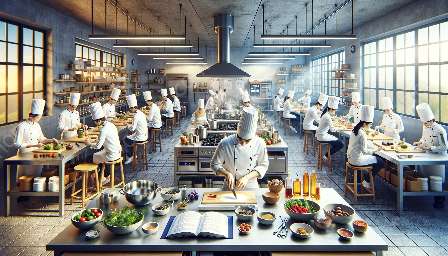Food preservation is the age-old practice of extending the shelf life of food while maintaining its quality, flavor, and nutrients. As an integral part of culinary arts and essential to kitchen and dining, understanding the various techniques and methods of food preservation is crucial for chefs and home cooks alike.
Historical Significance of Food Preservation
Food preservation has been a cornerstone of human civilization for centuries. From salting and drying in ancient times to the invention of canning and refrigeration in the modern era, humans have constantly sought ways to make food last longer.
Importance in Culinary Arts
Food preservation techniques greatly influence the culinary world. Chefs often use preservation methods to enhance the flavors of ingredients, create unique dishes, and add depth to their culinary creations. From pickling to smoking, these techniques have a significant impact on the art of preparing and presenting food.
Methods of Food Preservation
There are various methods of preserving food, each with its own benefits and implications. Some of the popular methods include:
- Canning: Using heat to destroy enzymes and microorganisms that can cause spoilage.
- Freezing: Preserving foods by lowering the temperature, thus slowing down the growth of microorganisms.
- Dehydration: Removing water from food to inhibit the growth of bacteria, yeast, and molds.
- Pickling: Immersing food in an acidic solution to prevent spoilage and enhance flavor.
- Smoking: Exposing food to smoke from burning or smoldering plant materials to add flavor and prolong shelf life.
Each method has its unique application in the kitchen, and mastering these techniques adds depth to the culinary repertoire.
Modern Techniques of Food Preservation
In the modern culinary landscape, innovative techniques such as vacuum sealing, sous-vide cooking, and high-pressure processing have revolutionized food preservation. These methods enable chefs to preserve the natural integrity of ingredients while extending their shelf life, ultimately elevating the dining experience.
Enhancing Flavor and Shelf Life
Food preservation not only extends the shelf life of ingredients but also enhances their flavor profiles. Pickling, for instance, imparts a tangy and unique taste to vegetables, while smoking adds a delightful smoky flavor to meats and cheeses. These flavor-enhancing techniques are integral to the creative process in the kitchen.
The Future of Food Preservation
As technology and culinary arts continue to evolve, new methods of food preservation are on the horizon. From advanced packaging technologies to natural preservatives, the future of food preservation holds promise for enhancing food quality, reducing waste, and meeting the demands of the modern dining scene.
Understanding the art and science of food preservation is essential for anyone passionate about culinary arts and committed to delivering exceptional dining experiences.


